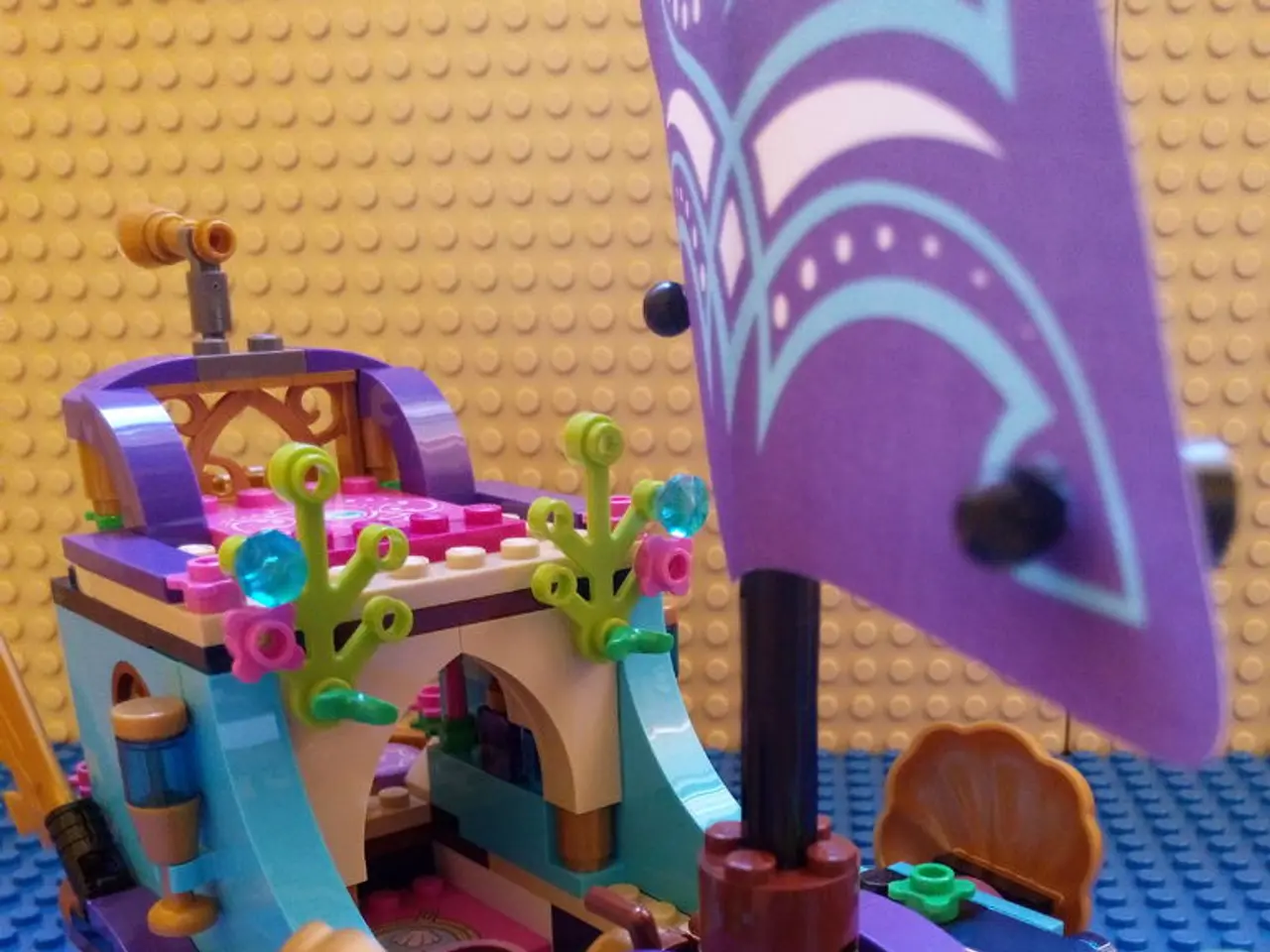Mastering the Art of 3D Printing Simplified
The Anycubic Kobra 2 NEO 3D printer is an excellent choice for those venturing into the world of 3D printing, especially for nautical applications. This beginner-friendly printer can fabricate parts that withstand water, humidity, and potentially salt conditions, making it ideal for boat modifications and marine projects.
Assembly and Setup
The Kobra 2 NEO is designed for quick and beginner-friendly assembly. A comprehensive video guide walks you through unboxing, assembly, filament loading, auto bed leveling, Z-offset adjustment, and conducting a test print like the Benchy model, a common benchmarking print for 3D printers [1].
Basic steps include unpacking, mounting the printer frame, loading filament correctly, auto-leveling the print bed, and making small Z-axis adjustments to ensure accurate first layer adhesion [1]. Similar assembly principles apply across Anycubic Kobra models, focusing on securing the heated bed, ensuring smooth movement of axes, and careful wiring management to avoid damage or interference with moving parts [3][4].
Using the Printer for Nautical Applications
For nautical use, the printer must fabricate parts that can withstand exposure to water, humidity, and possibly salt conditions. To achieve this, use filaments that are water-resistant, durable, and potentially UV-resistant since sunlight exposure is common in maritime environments.
Recommended filaments for nautical parts include:
- PETG: Offers excellent water resistance, good mechanical strength, and UV stability.
- ABS: Strong and durable, resistant to heat and chemicals, but needs proper ventilation when printing.
- Nylon (Polyamide): Highly robust and flexible, excellent for parts needing toughness and water resistance if properly dried before printing.
- Specialty filaments like TPU (for flexible seals/gaskets) or reinforced composites (carbon-fiber infused filaments) may also be beneficial depending on the part's function.
Recommended Pre-Made Nautical Parts and Considerations
While many parts can be 3D printed, some critical or high-strength components (like propellers, hull reinforcements, or load-bearing fittings) may still require traditional manufacturing or composite materials.
For 3D printing nautical fittings, consider:
- Designing or downloading STL files for custom brackets, clips, hose mounts, cable organizers tailored for boat use.
- Using PEI or glass bed sheets for improved adhesion and print quality on parts exposed to stress or moisture [3].
- Ensuring parts have adequate infill and layer orientation to prevent water ingress and maximize strength.
Exploring online libraries or communities focused on boat modifications (e.g., custom boat hardware or model parts) can provide pre-made STL files optimized for marine applications.
Summary
Assemble the Kobra 2 NEO using the beginner-friendly video and guides that cover unboxing through first print [1][3]. For nautical applications, select PETG, ABS, or Nylon filaments for making durable, water-resistant parts. Use pre-made STL models or design custom components like mounting brackets and fittings with marine conditions in mind. Test parts in realistic environments and refine print settings to ensure durability.
For further guidance on specific nautical part designs or filament sources, feel free to reach out. A hose adapter, anchor pulley, winch handle, and various other nautical items can be 3D printed using this printer [2][3][4][5]. The Anycubic Kobra 2 printer can be purchased on Amazon at this link: Amazon Link.
[1] Anycubic Kobra 2 NEO 3D Printer Assembly and Setup Guide: https://www.anycubic.com/pages/kobra-2-neo-3d-printer-assembly-and-setup-guide
[2] Recommended Filaments for Nautical Applications: https://www.anycubic.com/pages/recommended-filaments-for-nautical-applications
[3] 3D Printing Nautical Fittings: Tips and Best Practices: https://www.anycubic.com/pages/3d-printing-nautical-fittings-tips-and-best-practices
[4] Pre-Made Nautical Parts and Considerations: https://www.anycubic.com/pages/pre-made-nautical-parts-and-considerations
[5] Examples of 3D Printable Nautical Parts: https://www.anycubic.com/pages/examples-of-3d-printable-nautical-parts
- To make the parts durable in nautical applications, use technology such as PETG, ABS, or Nylon filaments for 3D printing, as they offer excellent water resistance and strength.
- When designing or downloading STL files for custom nautical fittings, ensure they are tailored for boat use, have adequate infill and layer orientation to prevent water ingress, and are printed on PEI or glass bed sheets for improved adhesion and print quality.




